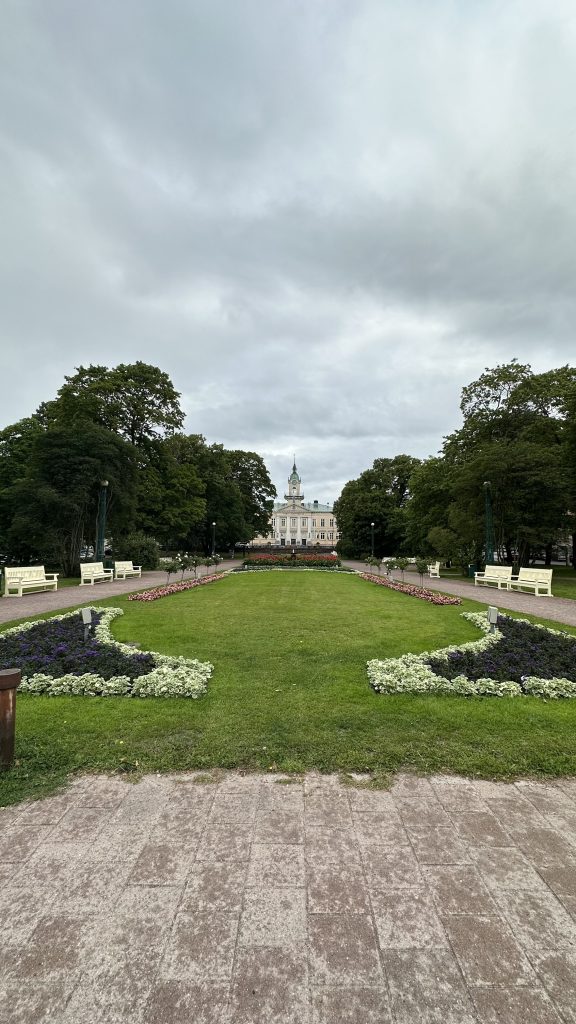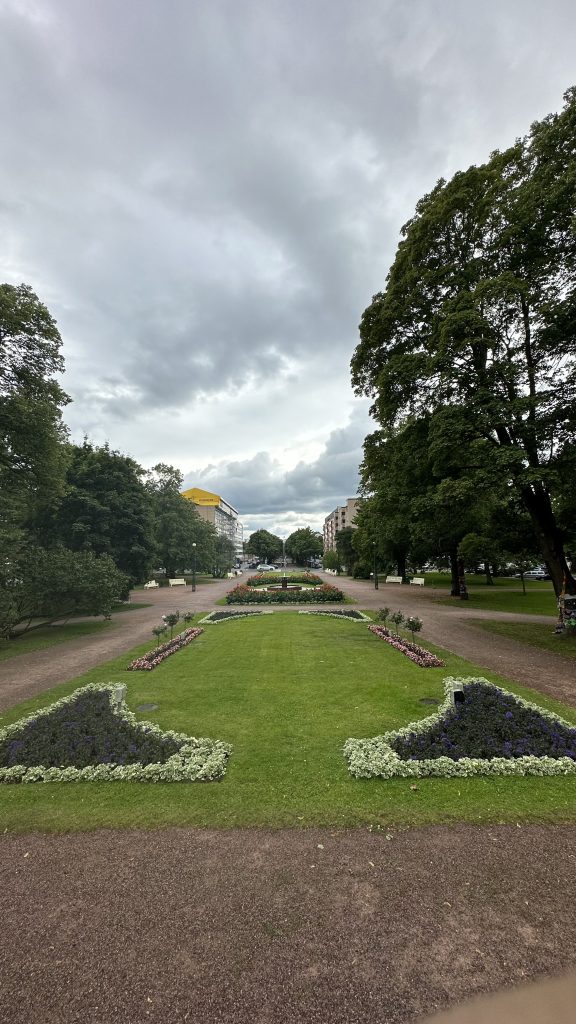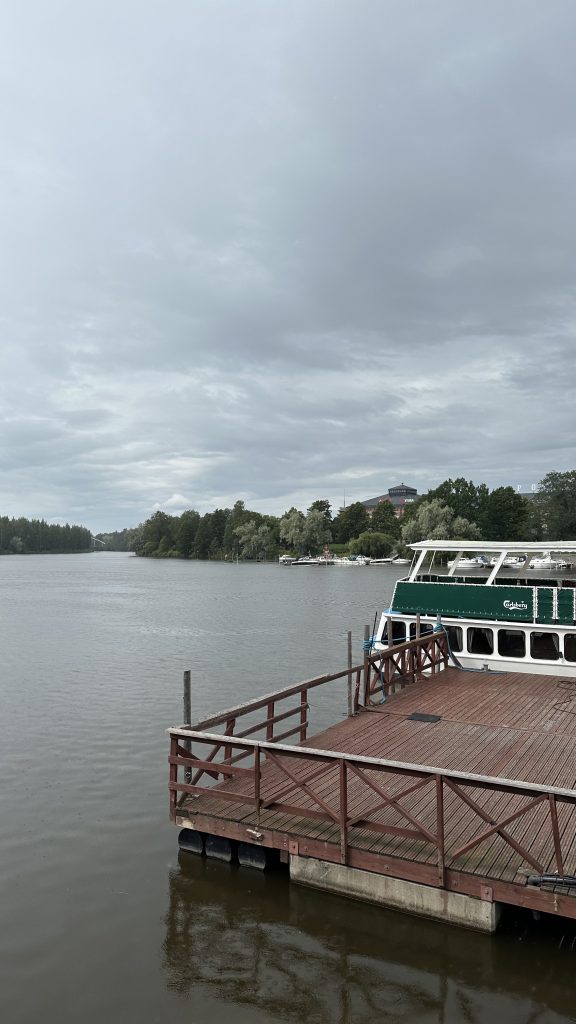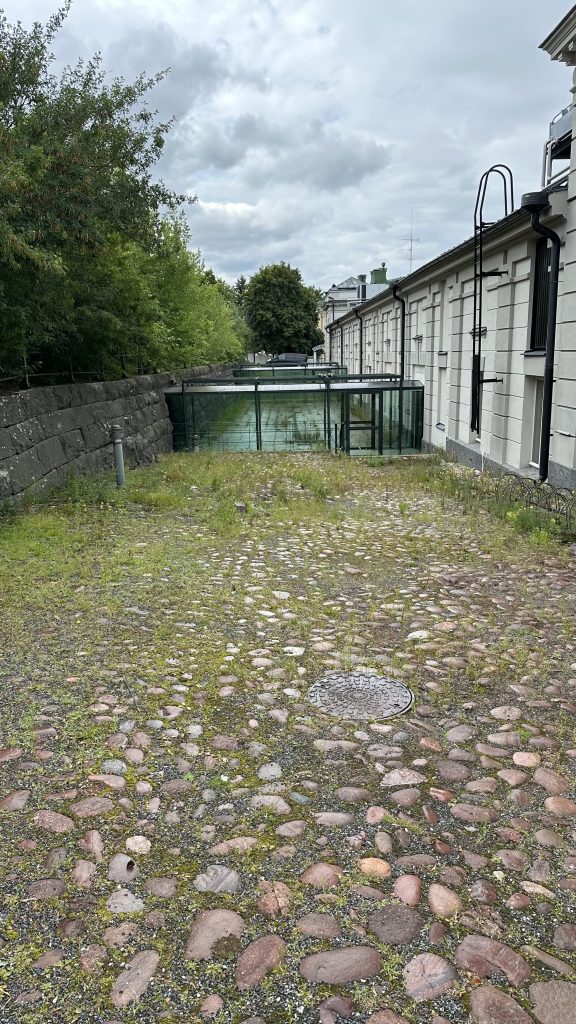Al-Mulla Ali, Milla Syväoja, Sanna Lindgren
Kuvat: Al-Mulla Ali
Before turning our attention to current topics in the construction industry, we would like to go back to summer and SuomiAreena one more time. SuomiAreena festival week is organized during the summer in Pori. It is a public debate event on current social issues and its purpose is to be an arena for democracy and freedom of speech. The website describes SuomiAreena as an event where people can together create a vision of the future of Finland and the world. The values of the event include among others multi-voiced debate and equality. https://www.suomiareena.fi/en
The construction sector has also been strongly present at SuomiAreena and there have been many interesting discussions related to it. Discussions can be followed on site, or you can watch them streamed. Recordings of the discussions can also be viewed on the web site MTV Katsomo. In this blog post we made a short summary of the recorded conversation that took place in the Pori market square in summer 2022. It was one of SitoWises the Smart City Talks -events at SuomiAreena. The topic of conversation was the reconciliation of construction and nature, which is still very relevant subject in the construction industry.

The discussion focused how the construction sector effects the nature and its diversity and how it changes the way construction companies operate. The participants believed that there is always more to do in the field of construction, and that they are heading down the right path. They also emphasized the importance of nature on their work.
One contributor of the conversation presented how their company is planning to promote climate actions and biodiversity in their construction projects. Environmental impact assessments carried out at different stages of the project is a good way to measure and monitor the effectiveness of the actions. Instead of thinking about things on a project-by-project basis, they also strive to develop new operating methods for the company.

The effects of construction on nature can extend to the food we eat and water we drink, which is an essential part of our health. One contributor of the conversation ensures that we have the knowledge to maintain the nature and quality of life. Now is the time to put things into practice. In the future, thorough environmental impact assessments should be carried out before construction phase.
The construction project should be directed to where it causes the least harm and if that’s not possible, the damage to nature should be compensated. Nature restoration, seed banks, planting trees in urban areas and wetlands as rainwater solutions are examples for increasing biodiversity in the built environment. The knowledge can always be increased throughout the years which will help developing solutions in the future. For example, one speaker suggests that in addition to the greenhouse gas emissions of building materials, other environmental impacts of supply chains should also be examined.

One contributor pointed out that improving the environment doesn’t always even cost that much. One cost-effective and environmentally friendly solution for example, is the utilization of original and usable soil at the construction site. The market sees the economic profitability of environmental actions and many companies are already doing more than the law requires. Political decision-making should be based on science and should not stand in the way of action. One of the contributors pointed out that, for example, a lot of research and development has been done in the use of recycled materials, but the legislation hasn’t been updated quickly enough.
It is a huge part of the current and future engineers work to consider the effects of greenhouse gas emissions and the loss of biodiversity. The consistent improvement must be achieved to ensure a better future. Like butterfly effect – every small action can lead to a bigger change. However, at the same time it must be ensured that the measures taken to curb climate change and prevent biodiversity loss do not contradict each other.

The views expressed are solely those of the author.
The authors are the students of Construction and Civil Engineering at Satakunta University of Applied Sciences. They visited the SuomiAreena festival, which took place at the end of June. Al-Mulla and Lakanen completed their internship at Satakunta University of Applied Sciences during the summer. Syväoja is working on the RAKSU project.

